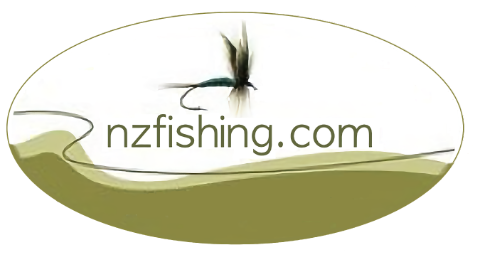| Fish type |
Brown and rainbow trout present in the system averaging around 1 kg. Fish numbers are good. |
| Situation |
The Kaniwhaniwha rises on the eastern slopes of Mount Pirongia and flows eastwards to join the Waipa River. |
| Maps |
Access map
|
| Check conditions |
View the MetService weather forecast.
View the river level for the last 7 days. |
| Description |
The Kaniwhaniwha is a small stream that flows through patches of bush and over farmland, providing many kilometres of fishable water. It flows over a shingle and bolder bed and fishes best early and late in the season. There is fishing available throughout its length and early in the season good fish can be found right up beyond the bush line. During the height of summer algae can be a problem and during long periods of dry weather, the rivers flow can reduce significantly, making angling challenging.
It is highly regarded as a dry fly stream and fish can sometimes be spotted in its generally clear water. It does receive a high degree of angling pressure however, with the consequence that many of the fish are easily spooked. A very highly regarded water that is recommended for any competent
angler wishing to try to tempt these wary trout.
|
| Access |
Access to the popular middle reaches is from the Karamu Limeworks Road and there is public access downstream along the true left bank from Fillery Road. The upper reaches are accessed from a DOC track leading off from the Karamu Limeworks Road. See the Lower Waipa access map.
|
| Methods |
The Kaniwhaniwha is fly fishing only and offers top-quality dry fly and nymph water throughout its length. A popular fishing method is to fish with a small, easily visible dry fly such as a Royal Wulff with a nymph tied around 60cm below as a dropper. Both the dry fly and the nymph will take fish, with the dry fly also acting as an indicator. |
| Recommended tackle |
Due to its size, it is recommended that rods capable of casting a weight 4 to 6 floating line are used. Anglers should also be prepared to use long leaders and very fine tippets. Late in the season when the water is low and clear and these trout become well educated to the ways of the angler, long leaders with fluorocarbon tippets are essential. |
| Recommended lures |
Nymphs:
Unweighted or lightly weighted Hare and Copper, Pheasant Tail, Halfbacks and other caddis patterns in sizes 12 to 18. Small midge patterns fished just subsurface on warm summer evenings can also be effective.
Dry flies:
Small flies such as Royal Wulff, Kakahi Queen, Twilight Beauty, or Adams all work well throughout the year. Brown and green beetles in early summer and cricket, cicada and Lace Fly patterns from late summer.
Wet flies:
Small wet flies such as March Brown, Greenwell's Glory and Invicta are particularly effective especially when trout are rising as these match emerging insects that the trout are feeding on just subsurface. Often using small wet flies can also be the most effective method during an evening rise as trout are feeding just subsurface.
|
| Regulations |
| Applicable to |
Kaniwhaniwha Stream |
| Region |
Auckland/Waikato regulations |
| Season |
Oct 1-Jun 30 |
| Methods |
Upstream of Smith Road fly fishing only
Below Smith Road spin and fly fishing |
| Bag limit |
5 |
| Size limit (cm) |
30cm minimum |


